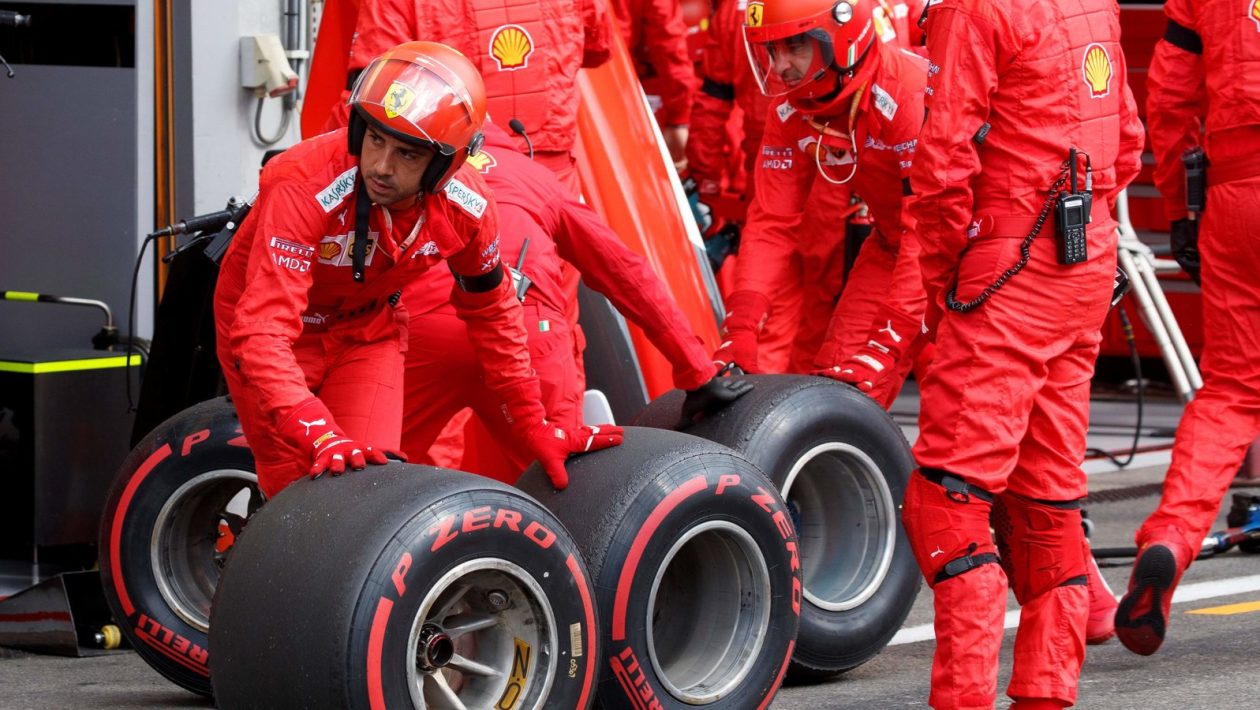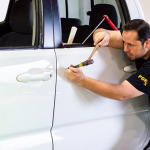From NASCAR to Formula 1, motorsports inspires people like no other form of competitive sports. Winning is inextricably linked to speed in automobile racing and this extends not only to lightning-fast lap times but the speed of technology deployment. All forms of automobile racing employ some combination of velocity, acceleration and G-forces which are unified in a perpetual state of wide-open throttle.
All competitive racing teams now employ every tool imaginable to win. The winning edge, in this case, must be derived from incremental improvements due to the highly regulated nature of motorsports which is intended to level the playing field for all participants. While factors such as minute tweaks, adjustments, reduced weight, enhanced fuel efficiency and optimizations play a key role, motorsport tire technology plays a key role in determining the outcome of every race.
The relationship between ultra-high-performance tire development and motorsports
Ultra-high-performance(UHP) tires are special tires that are designed to handle greater horsepower, enhance driving and produce sporty, responsive drive with outstanding traction. In UHP tire development, several racing technologies have been applied to improve handling, and increase endurance and wear performance. Thanks to motorsport-derived compounds and structures, tire handling and other performance parameters have been improved by many folds.
Race development platforms are usually applied to provide the best possible grip level. They are mainly focused on extreme grip performance via high hysteresis tread compounds. To predict and analyse handling performance, lap time simulation and driving simulators are used. Many tire manufacturers also use high-speed rolling simulation technology and reinforcement structures to improve high-speed endurance.
Advantages of motorsport tires
High-performance tires have a lot of advantages and benefits compared to standard all-season tires. They usually possess a strong grip, are not easy to overheat and provide a safer driving experience for drivers. Here are some of the advantages of motorsport tire technology.
- Better resistance
Motorsports tires have better resistance to heat accumulation. Tires are subject to immense heating during races, especially when the sun shines on asphalt roads in summer. The majority of tires fail due to overheating, which makes motorsport tires different, as they are immune to this.
- Traction and handling
Motorsports tires have a better grip which provides better traction and handling. It improves braking distance and handling which leads to a safer driving experience.
- High-speed travel
Motorsports tires are designed to provide excellent handling and grip at high speeds by combining a larger contact surface that is close to the road when turning. They are built using specially designed composite materials which significantly improve the braking distance of sports cars.
- Tall sidewall
Motorsports tires achieve maximum rubber-to-road contact as they feature tall sidewalls and a wide tread. As a result, these tires stick to the pavement due to a large surface area. They are made from softer materials to maximize grip. To ensure grip during cornering, it utilizes a softer sidewall and footprint compared to normal tires.
Taking motorsports tires to the streets
Motorsports tires and street tires have one thing in common- how they perform in an emergency manoeuvre. When faced with such a situation the tire must respond with precision and grip for cornering, as well as timely deceleration and acceleration. Racing helps in developing and testing materials, chemicals, component designs, engineering, shapes and contours of the tire.
There are two types of motorsport tires – dry tires and wet tires. The difference between the two variants is the tread style. Tread refers to the part of the tire that remains in contact with the road when racing. Dry tires possess a slick tread where the entire surface is smooth to maximise the amount of rubber making contact with the road. They achieve maximum grip by ensuring maximum contact between the rubber and the road.
Wet tires, on the other hand, have grooved treads that can break the surface tension of any water that is on the road and displace it. Intermediate tires are suitable for conditions where at least some moisture is present on the track. Extreme tires are suited for heavy rain. The nature of motorsports requires cars to operate at their maximum efficiency. This is achieved by having different types of tires that can optimize performance irrespective of conditions. Not using the right type of tires may result in the inevitable wearing down of the tire and loss of grip.
Conclusion
In motorsports, tires are used at high-stress levels for extended periods of time. This causes their visco-elastic rubber to change its properties and thereby affect overall vehicle performance. This factor has to be considered not only by drivers during the race but also by engineers when determining an appropriate suspension setup. Acquiring a better understanding of how motorsports tires work will inevitably give the user a better idea about selecting tires for such races.











